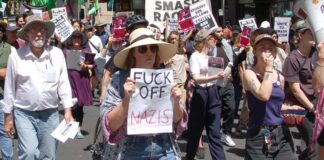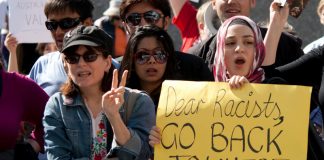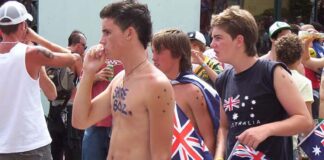Mass protests and demonstrations demanding justice for Trayvon Martin have forced the police to charge his killer, George Zimmerman, with second-degree murder.On February 26, Trayvon Martin, a 17-year-old black man, was walking home wearing a hoodie when George Zimmerman shot him dead, because, he told 911, he looked “suspicious”.
Zimmerman has claimed he was acting in “self defence”—and the police let him walk free, ignoring the overwhelming incriminating evidence for 45 days.
When they arrived at the scene they drug and alcohol tested not the murderer, but the victim. Despite having Trayvon’s mobile phone, they didn’t contact his relatives.
Their treatment of the case reflects systemic police racism and it drove thousands onto the streets. Tens of thousands demonstrated wearing hoodies, starting in New York with a “million hoodie march” organised by Occupy Wall Street.

30,000 marched in Trayvon’s hometown of Sanford, and over 30 schools across Florida walked out in protest. Unions and the NAACP (National Association for the Advancement of Coloured People) joined in. The slogan “We are all Trayvon Martin” spread around the world.
These actions forced the hand of Special Prosecutor Angela Corey. Zimmerman will now face trial.
But the media and Zimmerman’s lawyers are trying to put Trayvon’s reputation on trial, talking up his school record and questioning his personality, disgracefully implying this could justify murder. His mother, Sybrina Fulton, has said, “they’ve killed my soon—and now they’re trying to kill his reputation.”
In their fight for justice, the family is also fighting against the racism embedded in US society and the legal system. In New York City, 87 per cent of people detained under “stop and frisk” weapons searches are black or Latino. The four-decade-long “war on drugs” hasn’t made a dent in drug use, but has seen thousands of black people imprisoned. While blacks make up 13 per cent of the population in America, they make up 40 per cent of the population of its prisons.
Obama made news by declaring, “if I had a son, he’d look like Trayvon”, but the police abuse and harassment has continued under his administration. To be young and black in America today is to be criminalised for the colour of your skin.
But the fight for justice provides hope that, like the civil rights movement that ended segregation in the 1960s, mass action can again challenge the racism of the system.
Daisy Farnham





